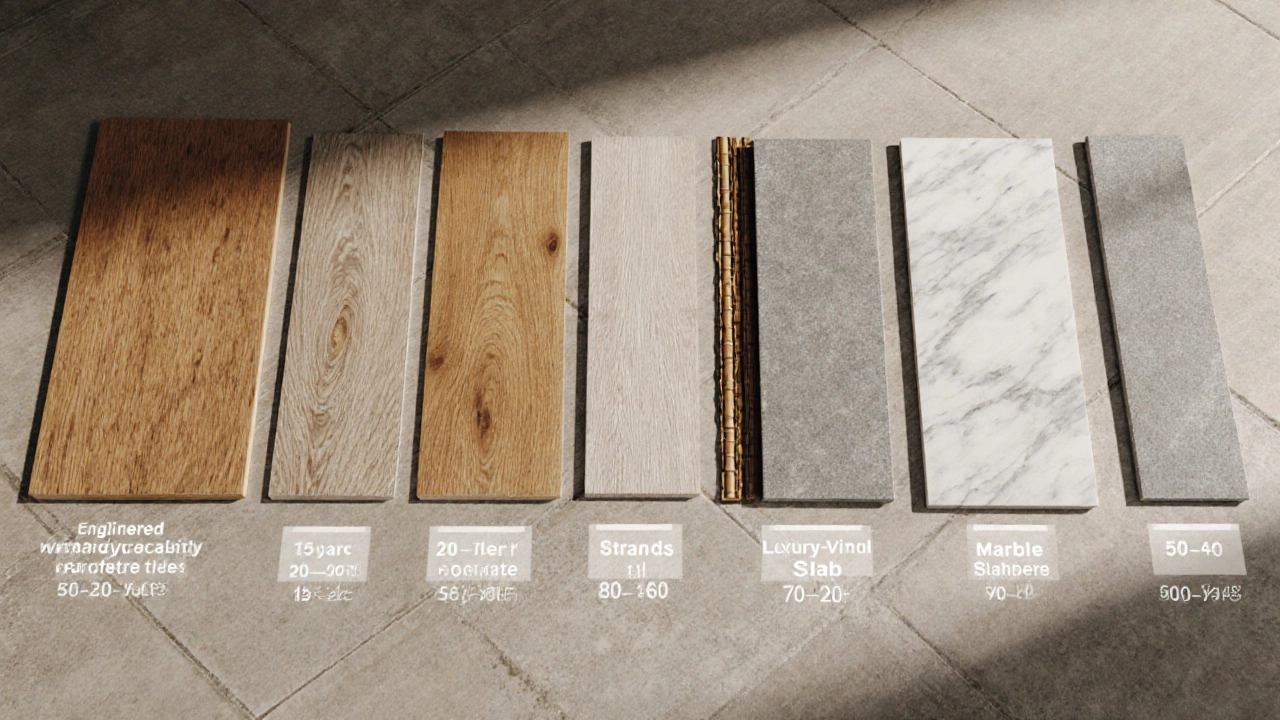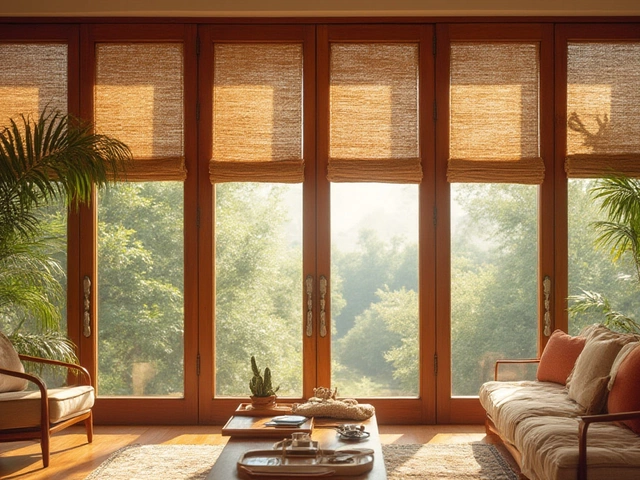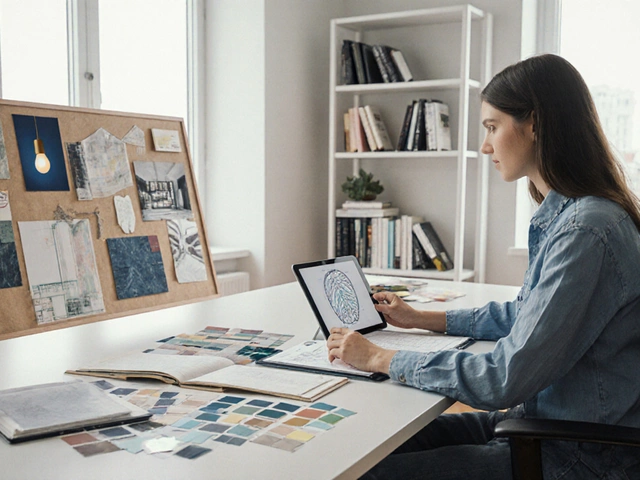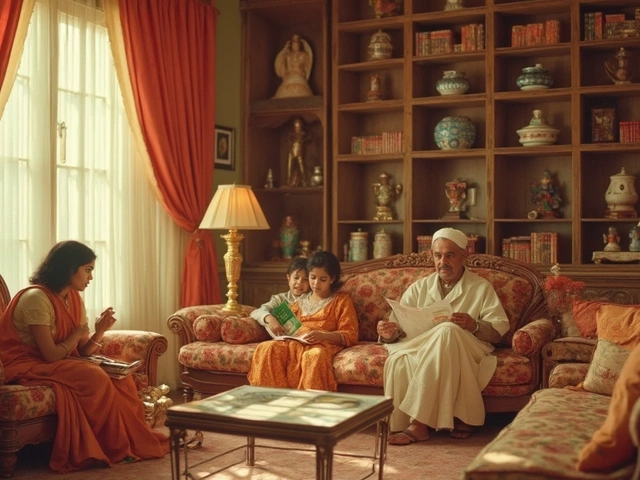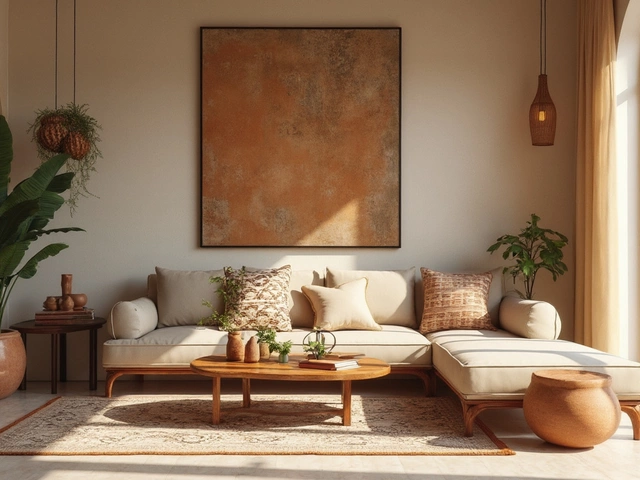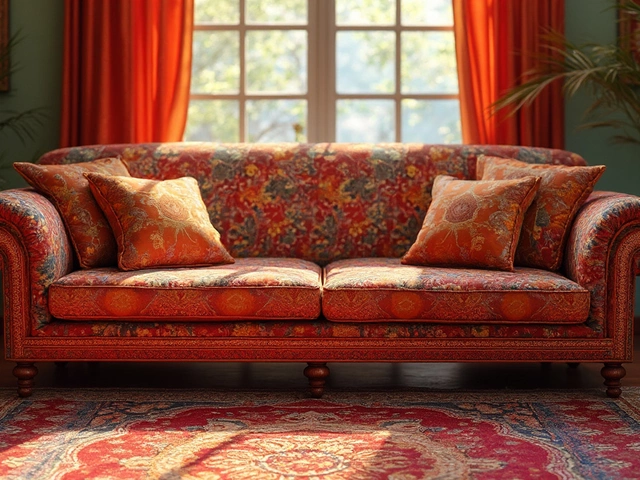Flooring Cost Per Year Calculator
Calculate Your Flooring Cost Per Year
Compare flooring options by calculating annual cost based on total investment and expected lifespan
How It Works
The cost per year calculation helps you compare different flooring options based on their actual long-term value.
Formula
Annual Cost = Total Cost / Expected Lifespan
Example: A $4,000 porcelain tile floor lasting 80 years has an annual cost of $50 per year, while a $2,000 laminate floor lasting 15 years costs $133 per year.
When you install a new floor, you want it to look great for years, not wear out after a few seasons. Picking the long lasting flooring that fits your budget and lifestyle can save you time, money, and hassle. This guide breaks down the toughest floor materials, how long they typically last, and what you need to do to keep them in shape.
Understanding Flooring Lifespan
Every floor has a life expectancy measured in years of normal use. The real driver behind those numbers is a mix of material hardness, resistance to moisture, and how much foot traffic it endures. Manufacturers usually quote a range - for example, a hardwood floor might be rated for 30‑40 years, while a porcelain tile can survive 80‑100 years or more. These figures assume proper installation and routine care.
Two key concepts help you compare options:
- Wear rating - typically measured by the ASTM D4060 Taber hardness test for hard surfaces or the AC rating for laminate.
- Moisture tolerance - the ability of the material to resist swelling, warping, or mold when exposed to water.
Considering both gives you a realistic picture of how a floor will hold up in your home.
Major Flooring Families and Their Durability
Flooring is the generic term for any material that covers the walking surface of a room. It includes natural, engineered, and synthetic products, each with distinct performance traits.
Hardwood flooring is a natural‑wood product milled from solid timber. Its durability stems from the dense cellular structure of woods like oak, maple, and walnut. When properly finished, hardwood can be sanded and refinished multiple times, extending its life well beyond 30 years.
Engineered hardwood combines a thin veneer of real wood over layers of plywood or high‑density fiberboard. It offers similar look to solid wood but better stability in humid climates, often lasting 20‑25 years before a full replacement is needed.
Laminate flooring mimics wood or stone using a high‑density fiber core topped with a photographic layer protected by a clear wear coating. Its wear rating can reach AC4 (heavy residential use) or AC5 (light commercial), giving it a typical lifespan of 15‑20 years.
Ceramic tile is made from fired clay and glazed for color and water resistance. Because the tile itself is hard and non‑porous, it can endure 50‑60 years in dry areas, though the grout between tiles may need replacement sooner.
Porcelain tile is a denser, less porous version of ceramic, fired at higher temperatures. Its low water absorption makes it ideal for bathrooms and kitchens, and it often reaches 80‑100 years before the material shows signs of wear.
Luxury vinyl plank (LVP) is a multi‑layer synthetic product that imitates wood grain. Modern LVP boasts a wear layer of 20 mil or more, translating to 15‑25 years of residential use, even in high‑traffic zones.
Bamboo flooring is technically a grass, but when strand‑woven, it can achieve hardness comparable to oak. Its lifespan ranges from 20‑30 years, but it is susceptible to humidity, so climate control is essential.
Stone flooring (marble, travertine, slate) is cut from natural rock slabs. Its inherent hardness means a lifespan of 50‑70 years, though sealants may need re‑application every few years to prevent staining.
Concrete flooring can be polished, stained, or overlaid with epoxy. When sealed correctly, it lasts 70‑100 years and is virtually indestructible under normal household loads.
Comparison Table: Longevity, Maintenance, and Cost
| Flooring Type | Typical Lifespan | Maintenance Level | Average Cost per m² (USD) |
|---|---|---|---|
| Solid Hardwood | 30‑50years (refinable) | Medium (annual refinishing can extend life) | 80‑120 |
| Engineered Hardwood | 20‑25years | Medium (no sanding after veneer wears) | 70‑100 |
| Laminate (AC4‑AC5) | 15‑20years | Low (wipe‑clean) | 25‑40 |
| Ceramic Tile | 50‑60years | Medium (grout resealing) | 30‑55 |
| Porcelain Tile | 80‑100years | Low (simple mop) | 45‑70 |
| Luxury Vinyl Plank | 15‑25years | Low (regular cleaning) | 35‑55 |
| Bamboo (strand‑woven) | 20‑30years | Medium (avoid excess moisture) | 40‑60 |
| Stone (marble, slate) | 50‑70years | Medium‑High (periodic sealing) | 80‑120 |
| Concrete (polished/epoxy) | 70‑100years | Low (seal and mop) | 55‑85 |
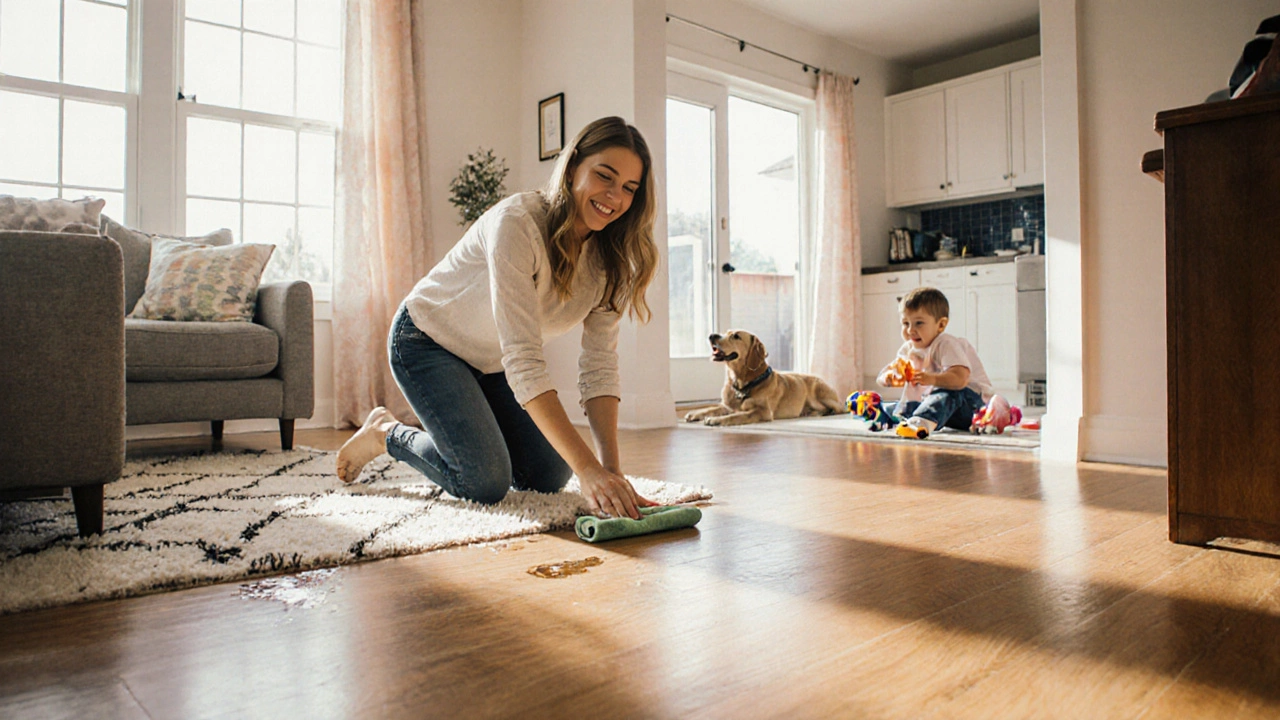
How to Maximize Your Floor’s Life
Even the toughest floor will deteriorate if you ignore basic upkeep. Here are practical steps that work for almost any surface:
- Use area rugs in high‑traffic zones. They absorb impact and trap grit that can scratch harder surfaces.
- Wipe up spills immediately, especially on porous materials like hardwood, bamboo, and stone.
- Follow the manufacturer’s cleaning recommendations - harsh chemicals can strip protective finishes.
- Re‑seal grout, stone, and concrete every 2‑3 years to maintain water resistance.
- Rotate furniture occasionally to spread wear evenly.
- Maintain indoor humidity between 30‑55% to protect wood‑based floors from swelling.
Cost vs. Longevity: Making the Right Choice
It’s tempting to pick the cheapest option, but the real metric is cost per year of service. Calculate it by dividing the total installed cost by the expected lifespan. For example, a $4,000 porcelain tile floor lasting 80years works out to $50 per year, whereas a $2,000 laminate floor lasting 15years costs about $133 per year. This simple math often pushes homeowners toward higher‑upfront investments that pay off over decades.
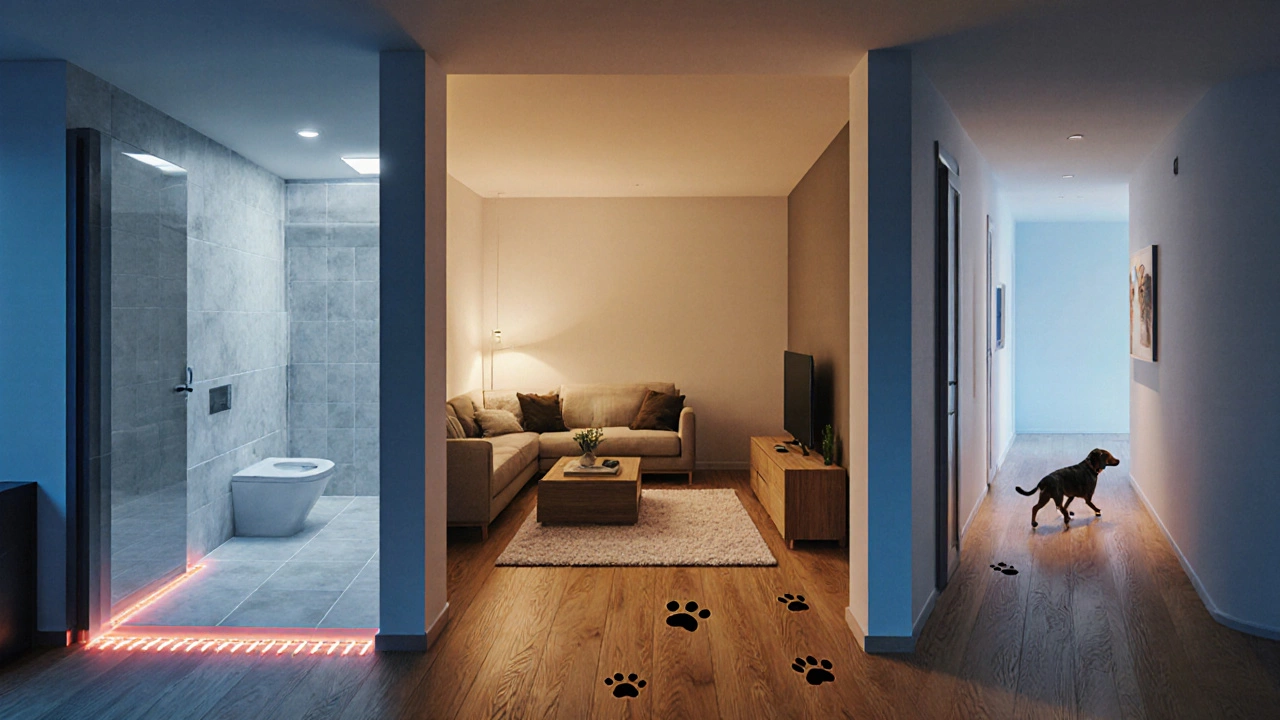
Choosing the Right Floor for Your Lifestyle
Match the material to the room’s function and the occupants’ habits:
- Family homes with kids - favor porcelain tile, stone, or high‑quality laminate that resist scratches and spills.
- Pet owners - consider luxury vinyl or sealed concrete; both handle accidents and claw marks well.
- Luxury aesthetics - hardwood or engineered hardwood give warmth; pair with a dense wear layer for durability.
- Eco‑conscious buyers - bamboo and cork (not covered in the table) provide renewable options with decent lifespans.
- Basement or garage - concrete or porcelain tile handle moisture and heavy loads.
Quick Longevity Checklist
- Identify the room’s traffic level (low, medium, high).
- Check exposure to water or humidity.
- Set a budget for upfront cost and long‑term maintenance.
- Pick a material whose lifespan exceeds your planned home‑ownership horizon.
- Plan for protective coatings or periodic resealing where needed.
Frequently Asked Questions
Which floor lasts the longest?
Porcelain tile and polished concrete are tied for the longest lifespan, often exceeding 80‑100 years with proper sealing.
Can hardwood be refinished indefinitely?
Solid hardwood can be sanded and refinished about 3‑5 times before the thickness runs out, giving it a practical life of 40‑50 years in most homes.
Is laminate a good choice for bathrooms?
Standard laminate is not water‑tight and can swell in wet areas. For bathrooms, opt for water‑resistant luxury vinyl or porcelain tile.
How often should grout be resealed?
Most experts recommend resealing grout every 2‑3 years in high‑moisture rooms; in dry areas, every 5 years is sufficient.
Does concrete flooring need heating?
Concrete feels cool, so radiant floor heating is a popular pairing, especially in colder climates like Sydney’s winter.
